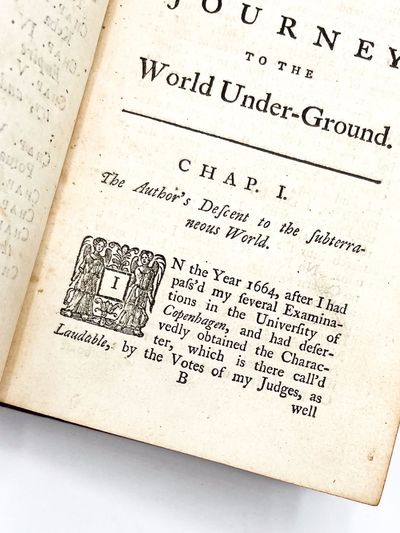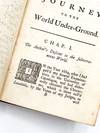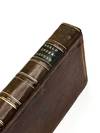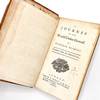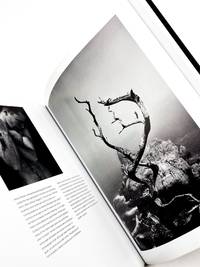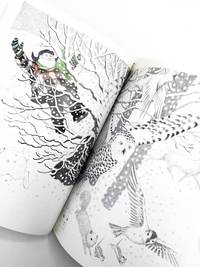first edition
1742 · London
by [Holberg, Ludvig]
London: Printed for T. Astley [...] and B. Collins, 1742. Very good plus.. First edition in English of this foundational example of "hollow earth" speculative fiction, a GULLIVER'S TRAVELS-like adventure with an Enlightenment-era feminist twist. A young graduate, Niels Klim, explores a cave near his home and falls down a shaft, only to discover a series of concentric worlds within our own. The novel's setting is informed by contemporary scientific speculation: in 1692, extrapolating from Newton's Principia, Edmund Halley had famously proposed that the earth was hollow, with at least one more sphere contained within its center. Like the imaginary voyage (truncated)
